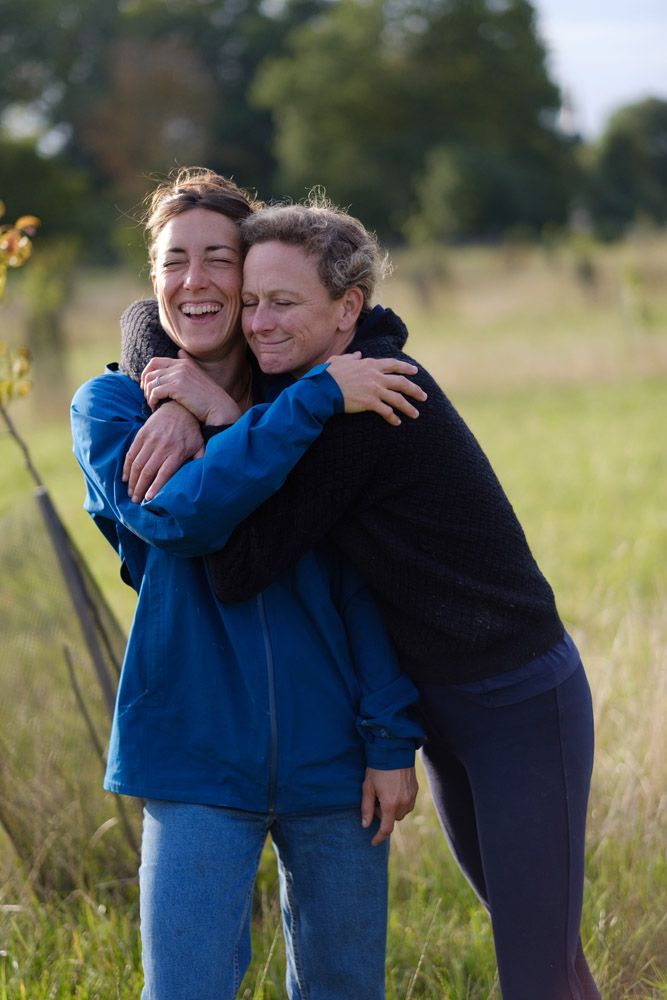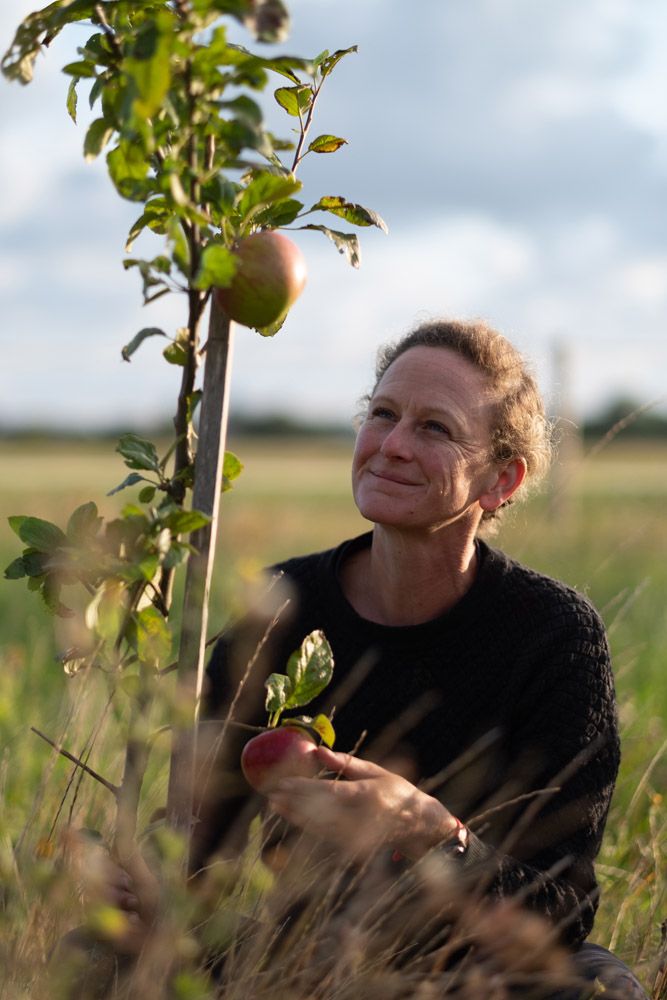Agriculture is one of the biggest drivers of deforestation. But agroforestry proves that agriculture and trees can not only coexist, but also thrive together. Currently, Ecosia is supporting 37 agroforestry projects across five continents. 26,722,974 trees – and counting – have been planted in agroforestry systems. But what exactly is agroforestry? And why are farmers choosing to plant more trees?
What is agroforestry?
A short and simple definition of agroforestry is agriculture with trees.
Agroforestry systems are varied. They’re often intentionally designed to mimic forest ecosystems, bringing both ecological and economic benefits to agricultural land and farmers. This can look like planting trees between fields or by mixing a variety of crops and trees throughout agricultural land, which is also known as intercropping. Animals can also be integrated into agroforestry systems.
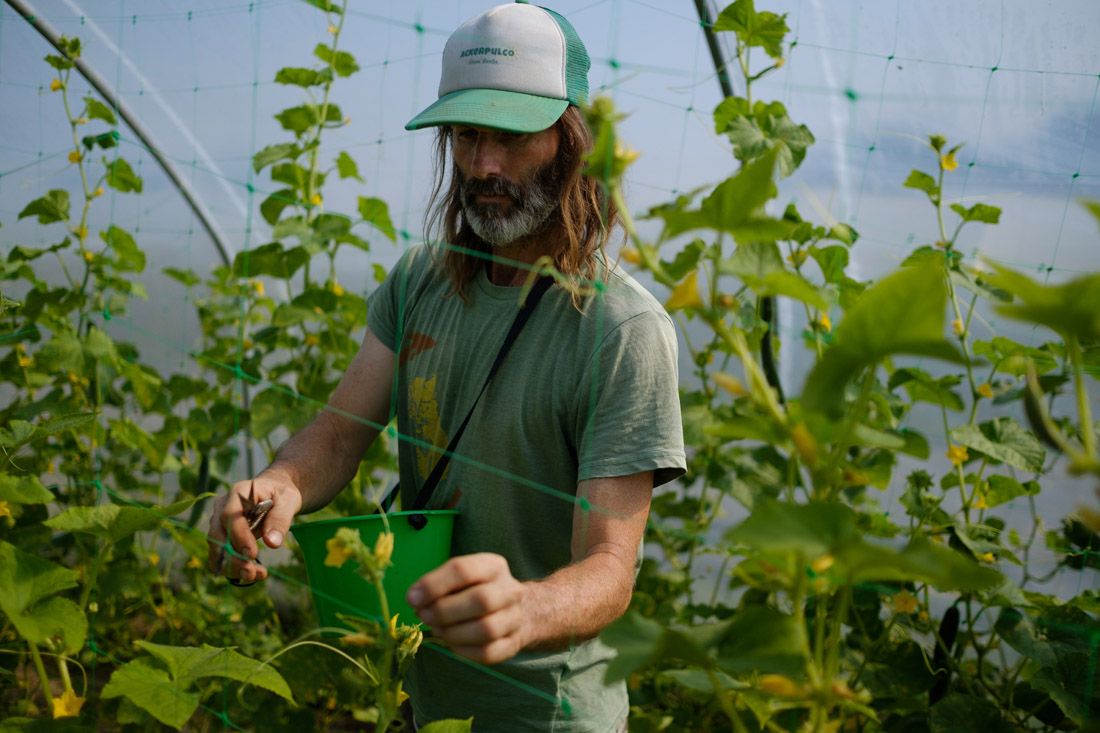
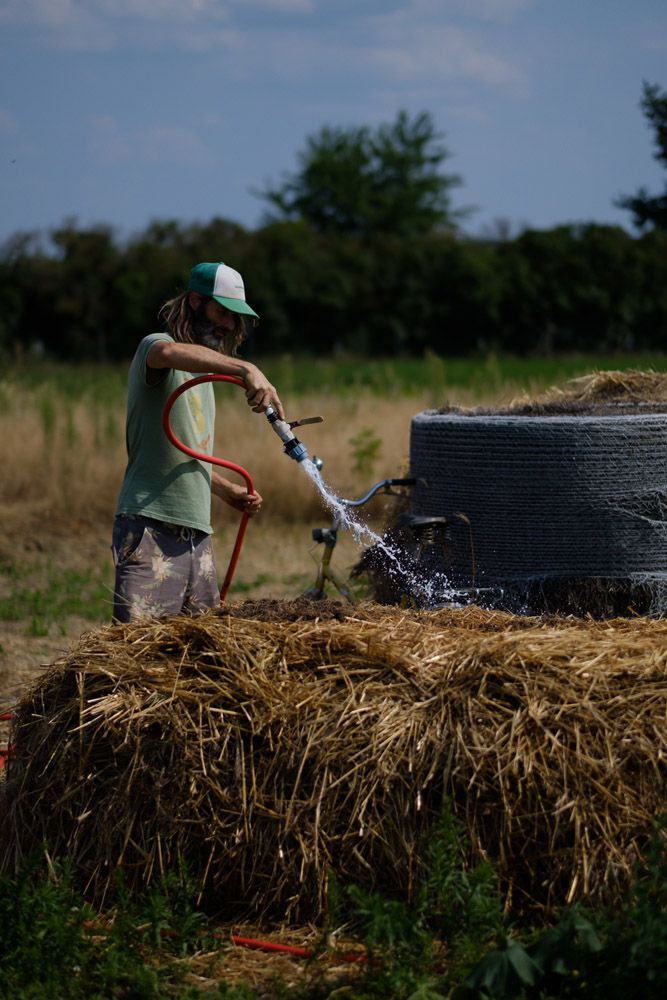
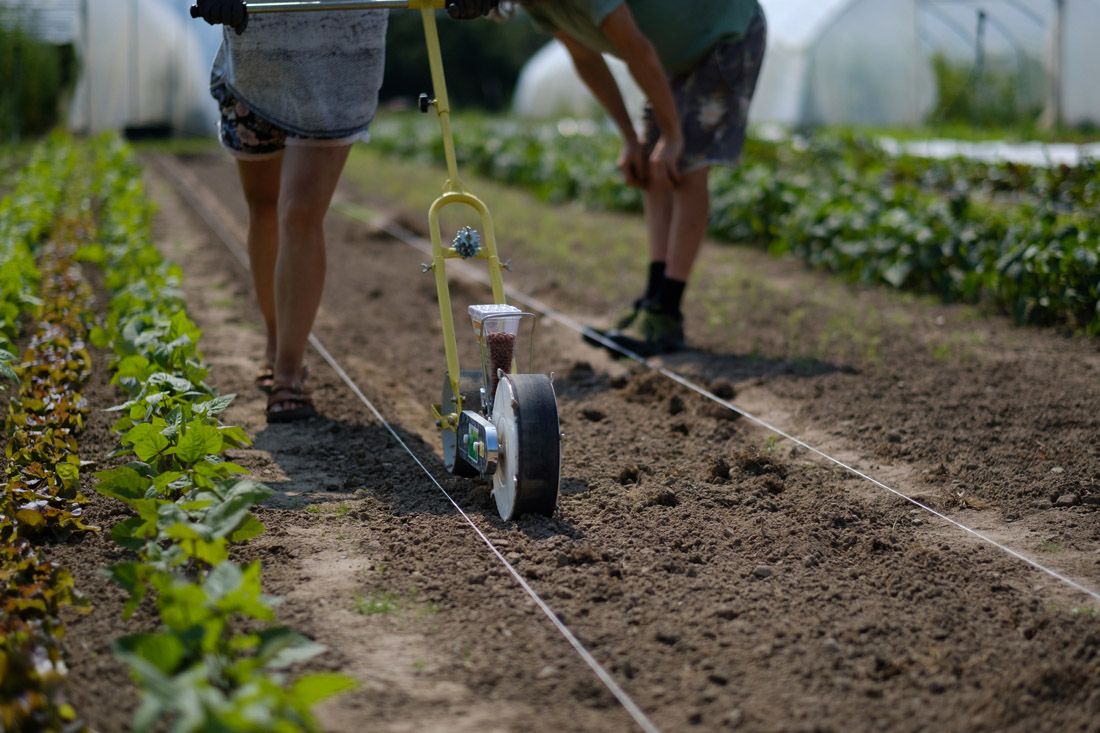
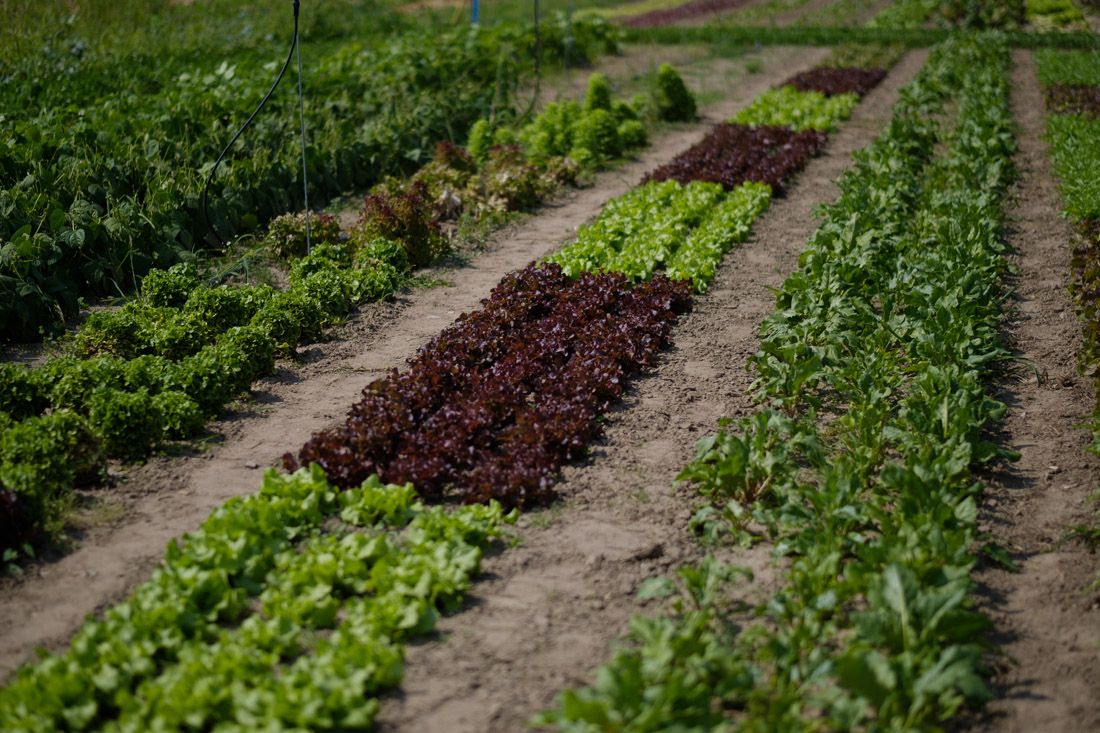
Why is agroforestry important?
Agriculture today has many pitfalls for people and the planet. In a nutshell, the current agricultural system was established in the 1950s when food security was at the forefront of public policy. With projections of exponential population growth, the resounding question was: how are we going to feed everyone?
As a result, agriculture shifted to industrial practises that succeeded in maximising food production whilst driving down costs. Sounds great, right? But the low retail cost and high output of industrialized food has come with very high environmental and social price tags — and an expiration date.
Today, the agricultural sector is one of the biggest contributors to climate change and environmental degradation, but it doesn’t have to be. Agriculture emits 26% of all greenhouse gas emissions and takes up 50% of habitable land. Due to deforestation and monocultures, industrial agriculture has replaced a great number of diverse ecosystems with increasingly barren landscapes and dwindling soil fertility. Water cycles have been dysregulated. Harvests are failing. How are we going to feed everyone is yet again the big question.
This is where trees can help. Planting trees on agricultural land can lead to the production of more - and more nutritious - food, all while sequestering carbon from the atmosphere, improving soil fertility, preventing erosion, and regulating water cycles.
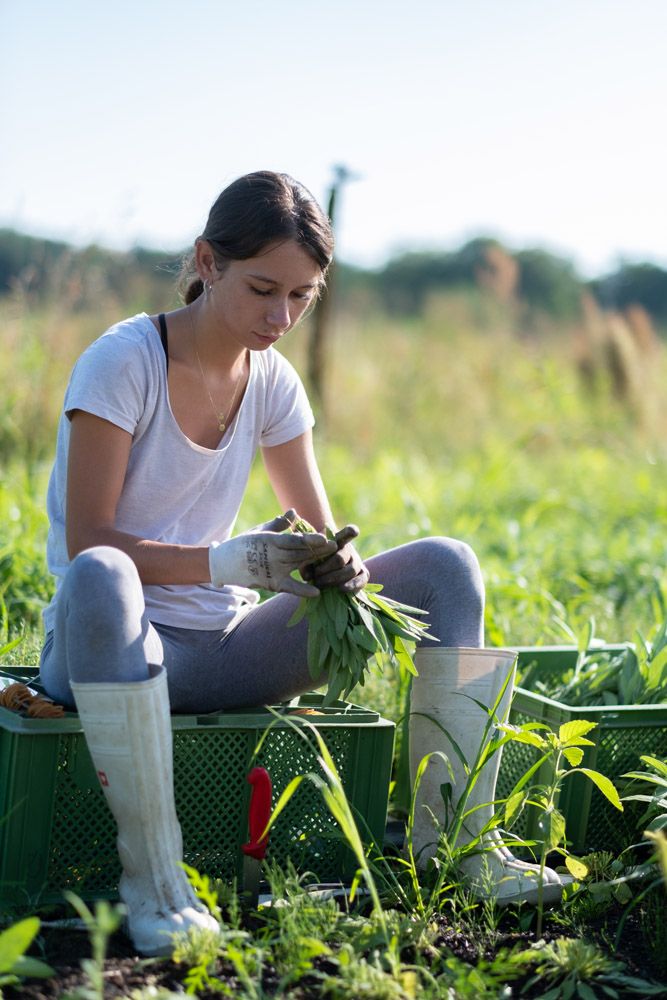
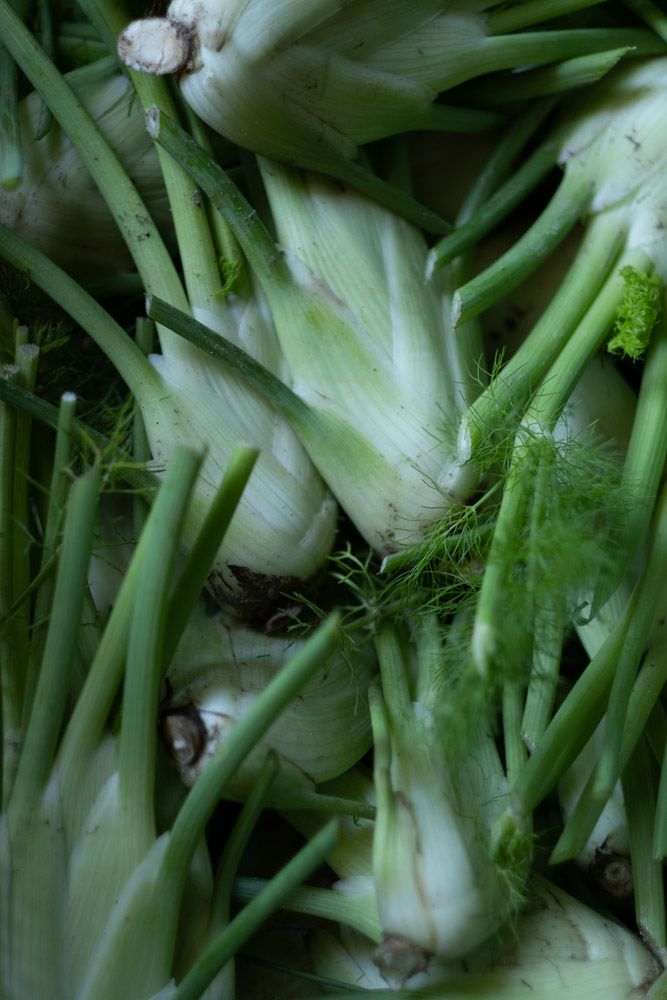
What are the benefits of agroforestry?
From their leaves to their roots and their trunks in between, trees are crucial to regenerating ecosystems and growing food in a way that is good for people and the planet.
Above ground, trees are windbreakers, preventing soil from wind erosion. Below, their far-reaching roots act as a filtration system, preventing heavy rains from eroding the earth. Their roots are also responsible for fixing nitrogen into the soil out from the atmosphere, improving soil fertility and decreasing farmers' reliance on fertilizers. Thanks to tree leaves, crops benefit from the shade. When the leaves fall to the ground and decompose, they create biomass, improving soil fertility.
Many trees also grow products, such as fruits, nuts, medicines, resins, and gums, which increase and diversify farmers’ income all while sequestering carbon from the atmosphere.
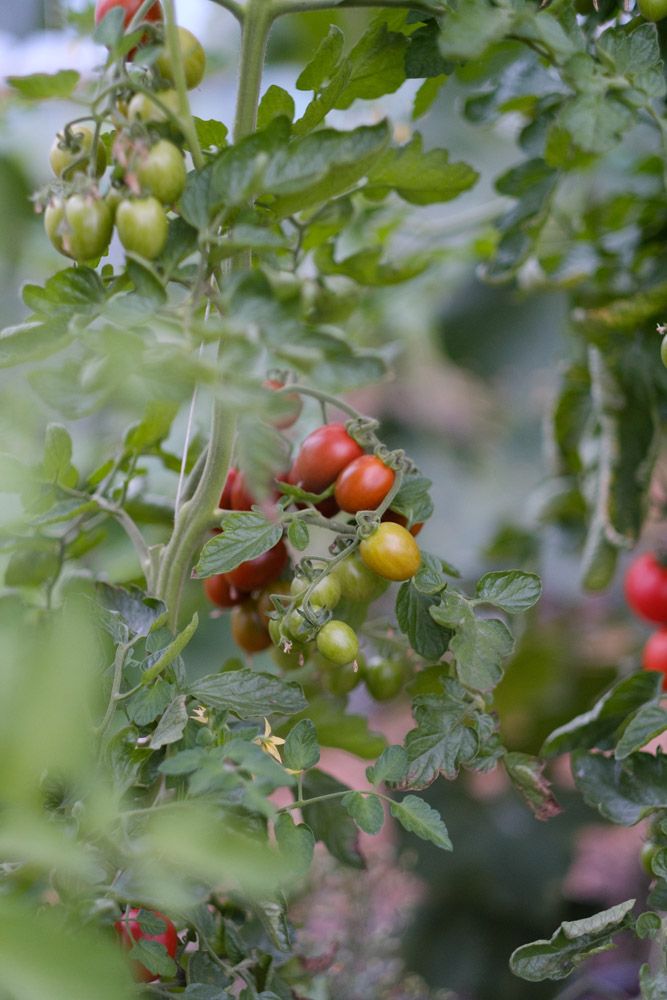
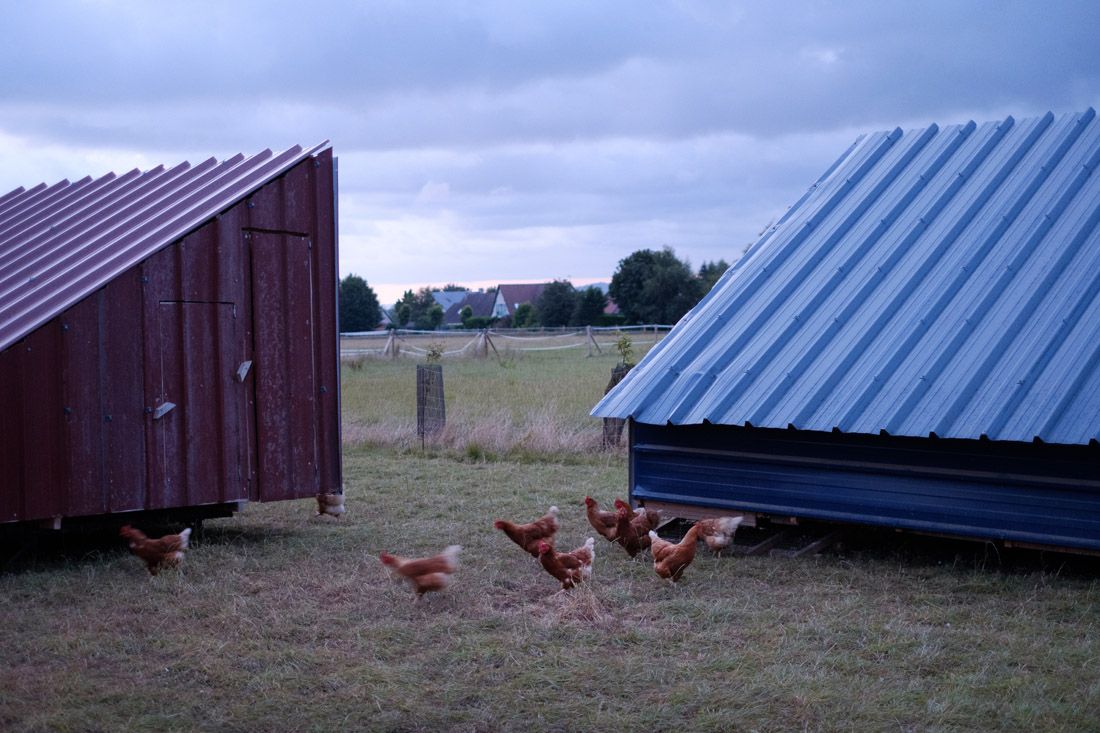
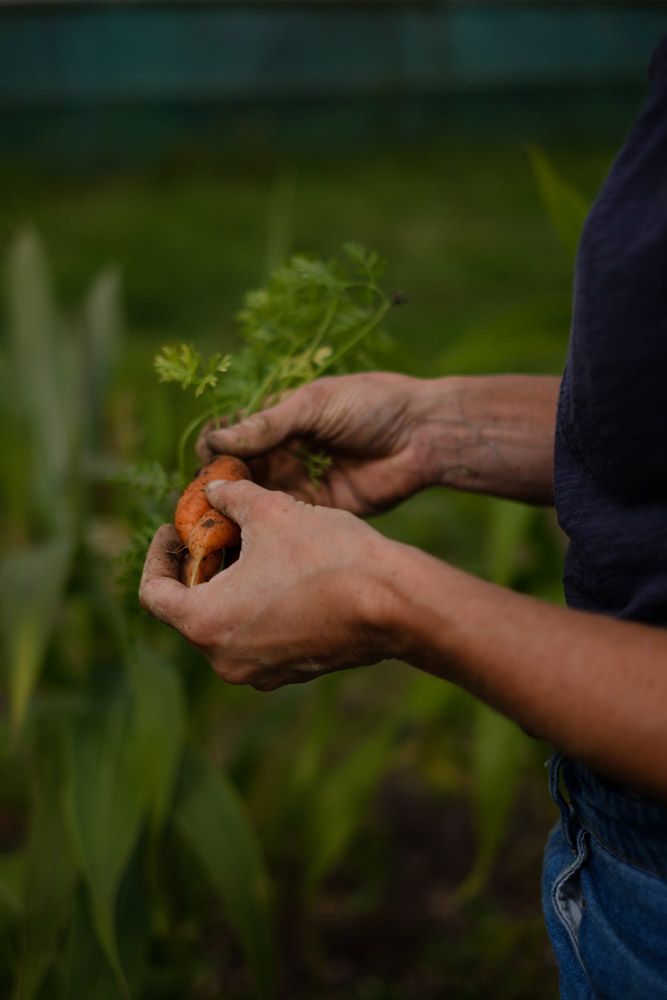
What are some examples of agroforestry systems Ecosia supports?
In Senegal, where climate change and malnutrition is a reality for many people, Ecosia searches are creating abundant food forests for farmers and their families. Corn and peanut monocultures brought over during colonialism left harvests failing and unsustainable in the rising temperatures. Now, trees have brought shade and moisture back to the land, creating microclimates so a great variety of crops can be grown throughout the year, even in the dry season.
Meanwhile, in Colombia, our partner PUR is bringing trees back to lands where coffee plantations have ruled in recent times. After years of deforestation and intensive farming, trees intercropped with coffee plants have finally given depleted soil the nourishment it needs. Farmers' livelihoods have been improved, decreasing their dependence on fertilizers and pesticides while providing a viable alternative income to other local, but destructive, industries like mining and livestock grazing.
Across the Atlantic, Spain is a hub for Europe’s food production but deforestation has left farmlands rapidly turning to dust. Our partner Asociación Alvelal is planting trees to reverse desertification and transform arid farmlands into community-led food forests. Heavy rains have previously washed away topsoil, carrying chemical fertilizers into rivers, polluting water systems in this region. Rooting into the ground, trees are helping break up the hard, sun-exposed soil. As these root systems grow, so does the soil’s capacity to hold and filter water.
Ecosia supports many more agroforestry projects with our regenerative agriculture incubator. The goal of this incubator? To see Europe’s agricultural sector transform to one that nourishes people, reforests farmlands and sequesters carbon all while making an income — without depending on government subsidies. So far, we’ve invested into 10 innovative agroforestry projects.
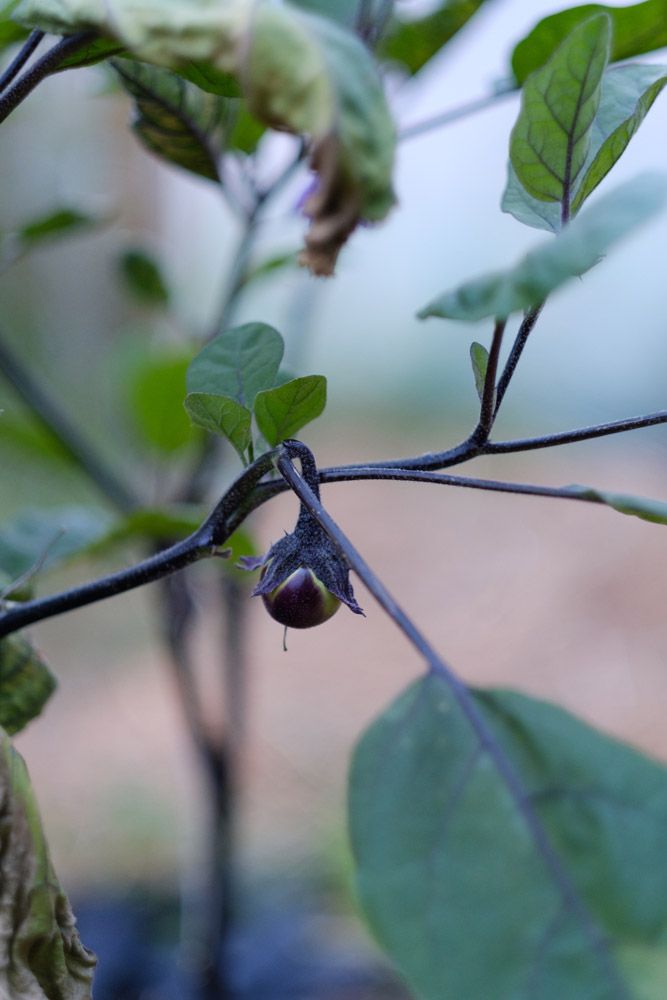
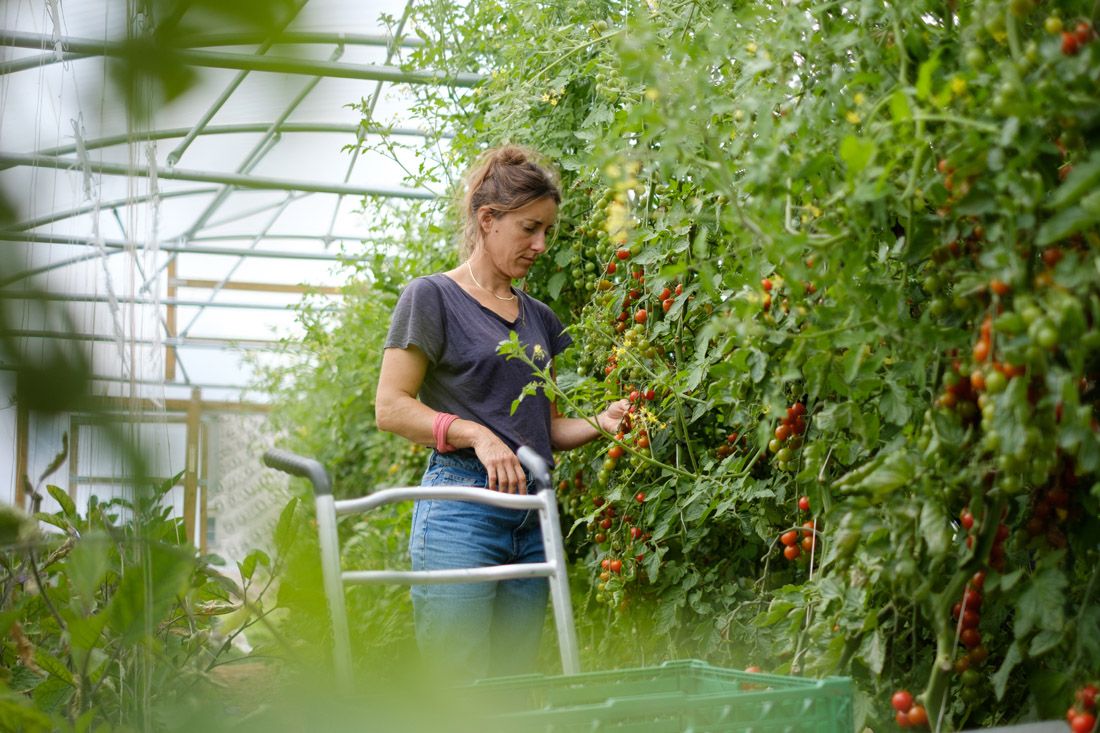
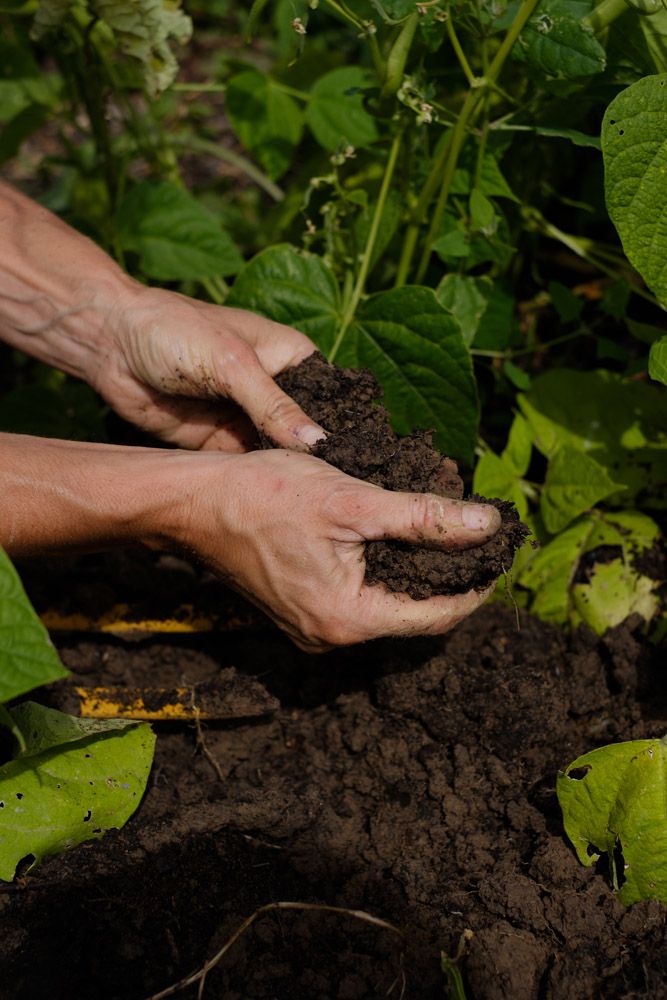
The future of farming
The way much of food is produced needs to change – and trees are a part of that picture. Farmers are planting trees to harness the power of biodiverse ecosystems instead of overriding them. Agroforestry marks a transition away from an extractivist mindset of producing as much food as possible. Instead, agroforestry moves the needle towards regenerative agriculture, where growing food nourishes soil, microorganisms, plants, animals and humans — today, and far into the future.
